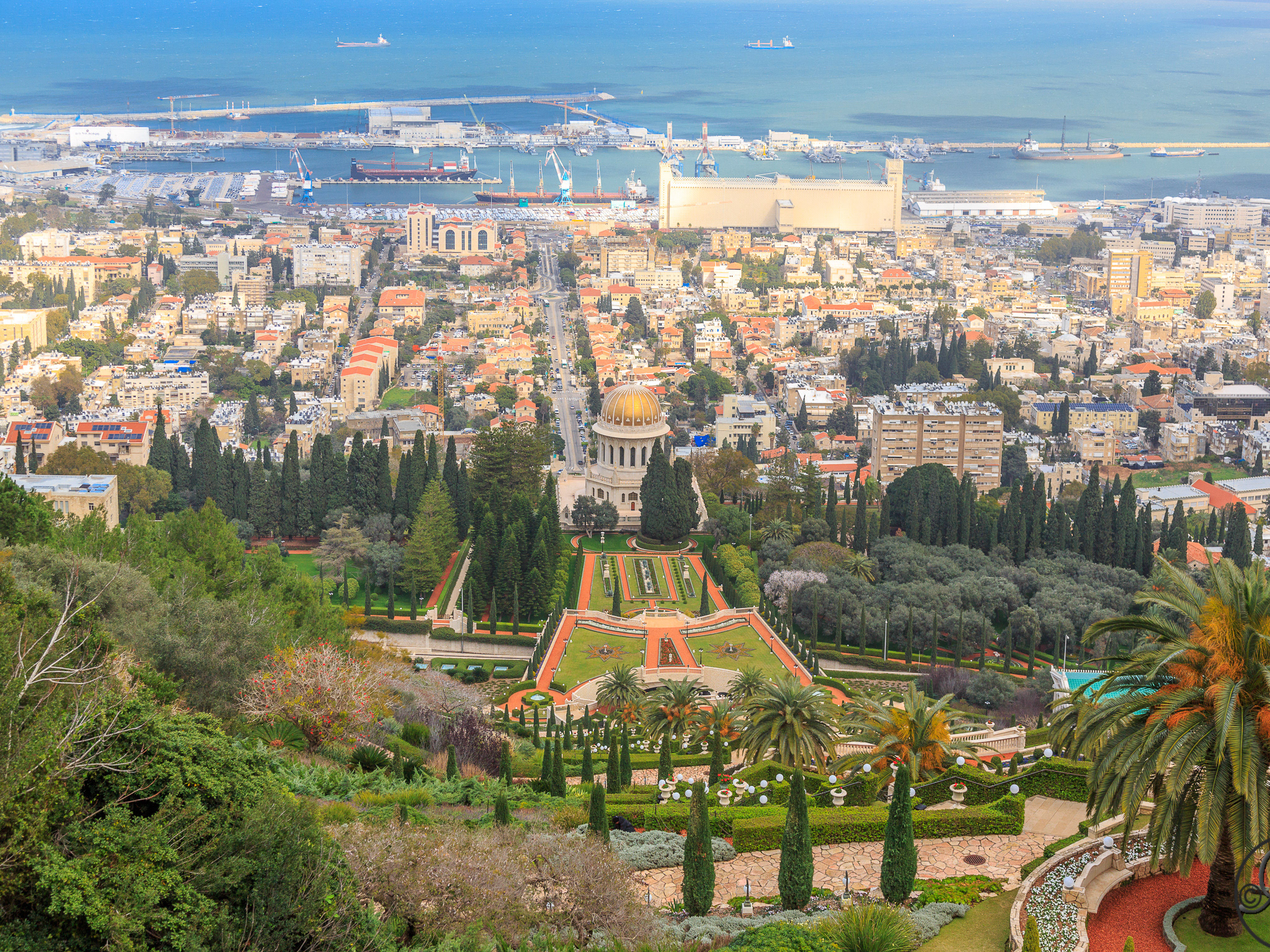GÖTA CANAL
The Göta Canal (Swedish: Göta kanal) is a Swedish canal constructed in the early 19th century. It formed the backbone of a waterway stretching some 614 km (382 mi), linking a number of lakes and rivers to provide a route from Gothenburg on the west coast to Söderköping on the Baltic Sea via the river Göta älv and the Trollhätte kanal, through the large lakes Vänern and Vättern. The canal itself is 190 km (120 mi) long, of which 87 km (54 mi) were dug or blasted, with a width varying between 7–14 m (23–46 ft) and a maximum depth of about 3 m (9.8 ft). It has 58 locks and can accommodate vessels up to 32 m (105 ft) long, 7 m (23 ft) wide and 2.8 m (9.2 ft) in draft. Göta Canal is a sister canal of Caledonian Canal in Scotland, which was also constructed by Thomas Telford. Info:Wikipedia










